FC-27 - Thematic accuracy

- Explain the distinction between thematic accuracy, geometric accuracy, and topological fidelity
- Outline the SDTS and ISO TC211 standards for thematic accuracy
- Discuss how measures of spatial autocorrelation may be used to evaluate thematic accuracy
- Describe the component measures and the utility of a misclassification matrix
- Describe the different measurement levels on which thematic accuracy is based

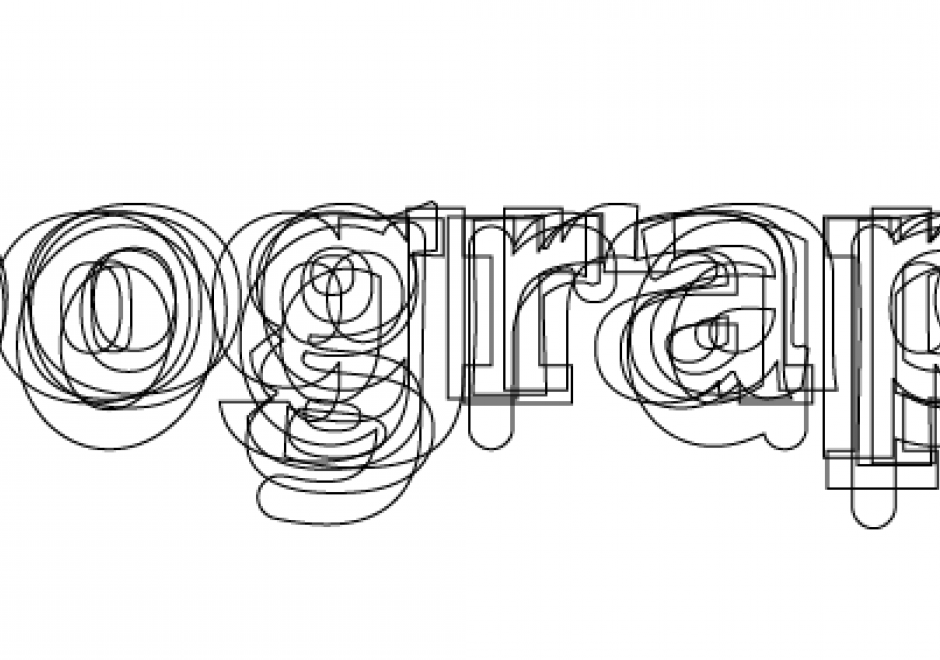
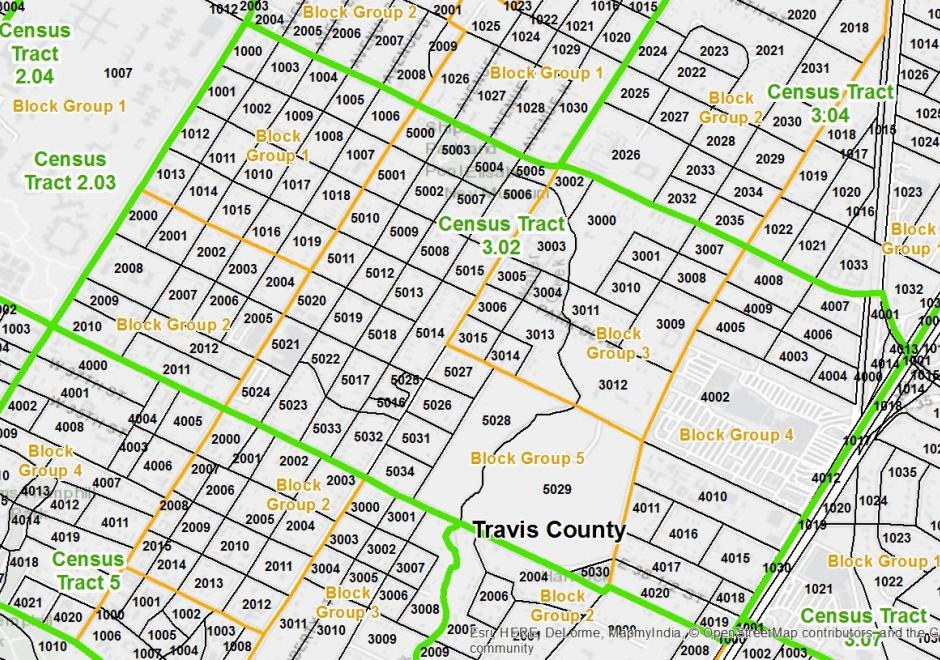
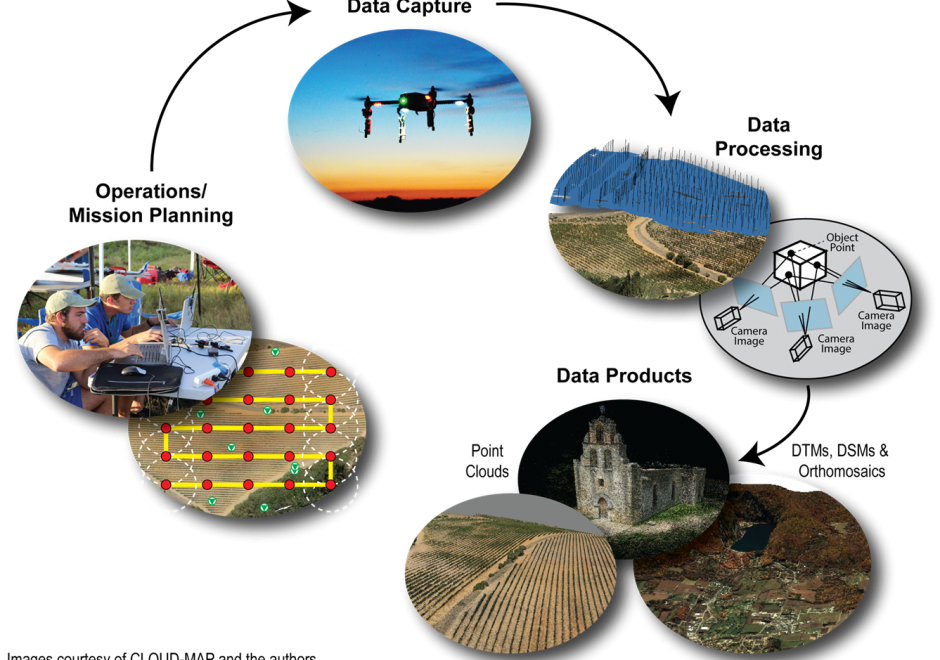
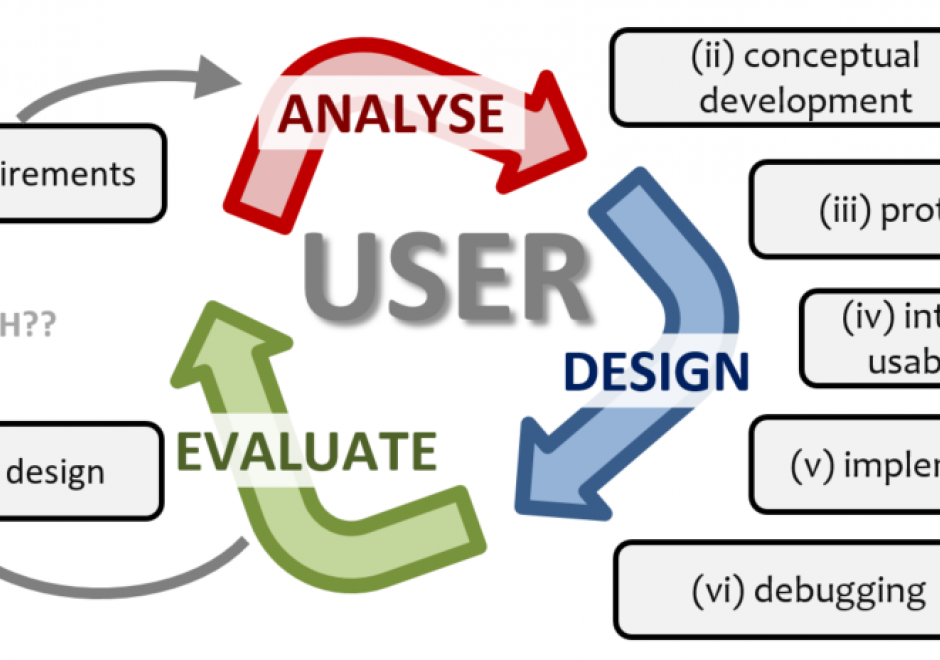
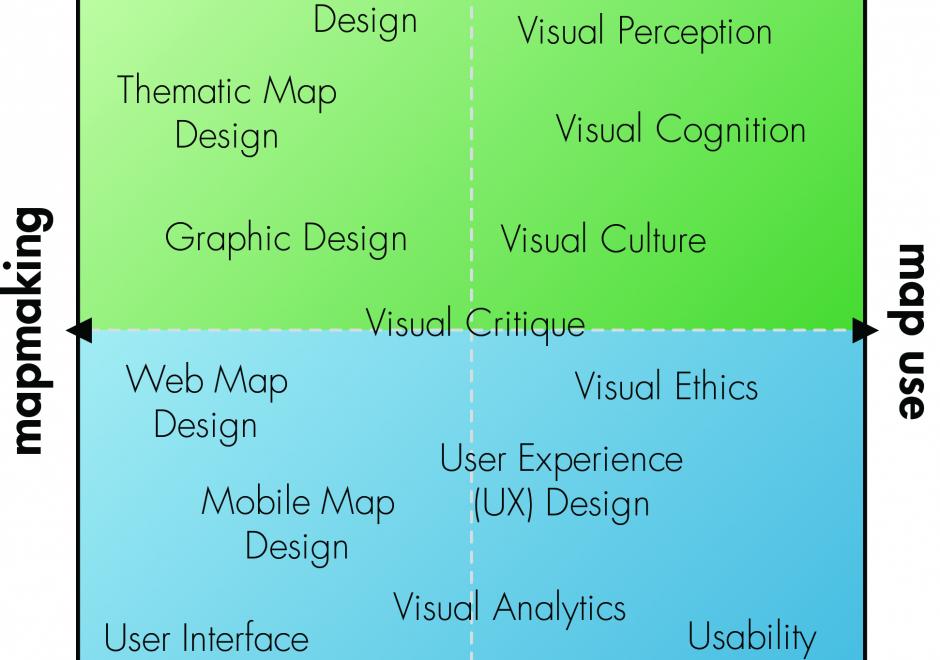
DM-10 - The Triangulated Irregular Network (TIN) model